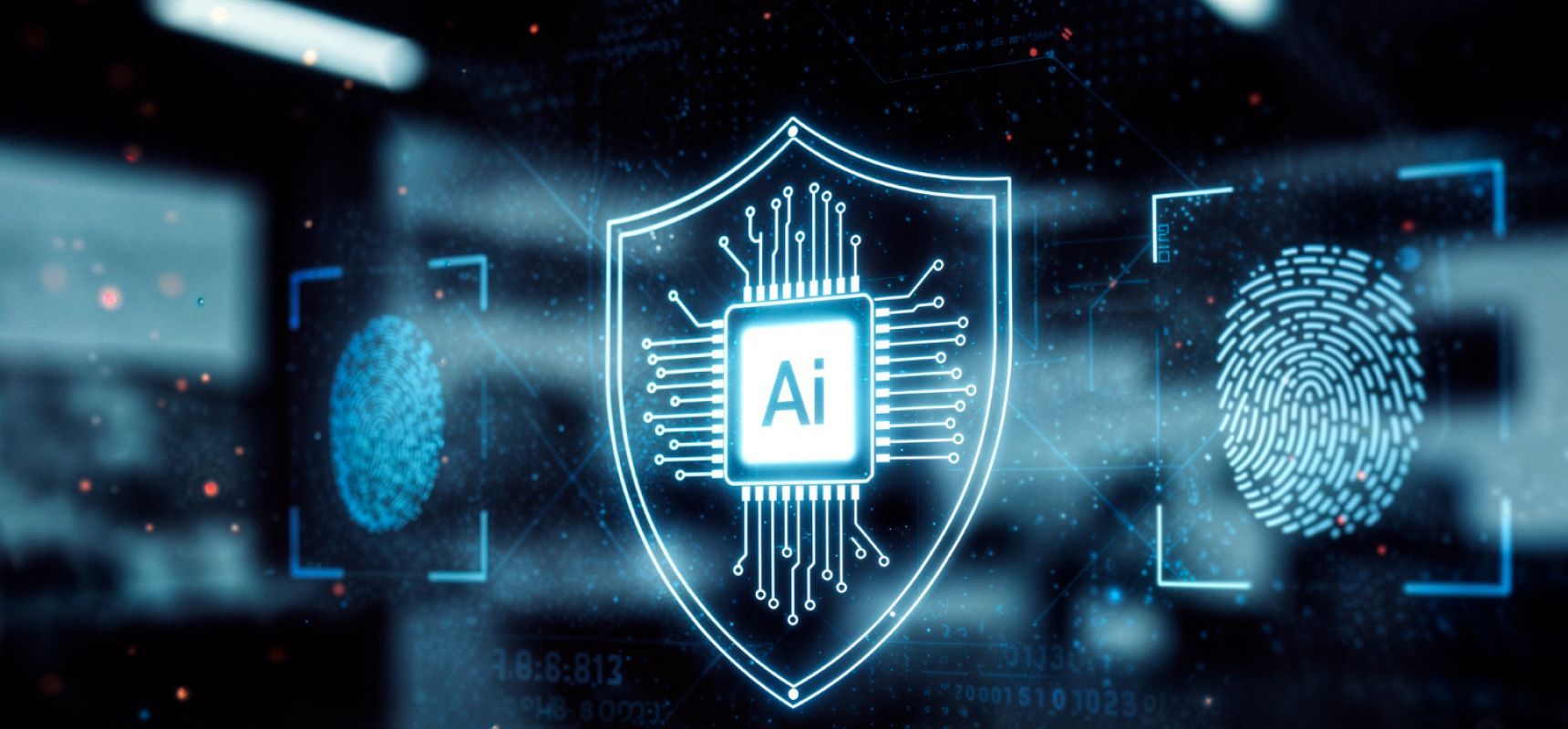The Hidden Privacy Risks Inside AI Data Training (and how Governance Frameworks Help Prevent Data Leakage in AI Models)
November 17, 2025
AI systems learn from data, but sometimes they learn too much.
AI training data can unintentionally expose personal information through model memorization and data leakage. This article explains how governance frameworks such as ISO/IEC 42001 and the NIST AI RMF can help organizations identify and mitigate these privacy risks.
As AI systems grow more capable, they also become better at memorizing and reproducing data patterns. That creates a new category of privacy risk: information leakage through training data. It’s a challenge that traditional privacy frameworks like GDPR or ISO 27701 were not designed to handle at scale. It’s also quickly becoming central to AI governance.
What's Really Inside AI Training Data?
Every AI system, from recommendation engines to generative models, relies on large datasets. These datasets often combine public information, licensed data, and internal organizational records. Even when anonymized, that data can contain traces of identity, like names, patterns, or metadata that can be reassembled into recognizable personal information.
The problem is that AI doesn’t forget. Once data is used in training, it can resurface in unexpected ways:
- A generative model reproduces fragments of personal emails or source code
- A chatbot echoes customer data from its training set
- An internal model exposes sensitive company information during testing
Each of these examples represents a failure of data governance, not just data security. Traditional privacy measures can protect databases and files, but once that data is embedded within a model’s parameters, the boundary between “data” and “behaviour” disappears.
This is why AI GRC
(Governance, Risk, and Compliance) is evolving into its own discipline. One that’s designed to manage risk beyond the infrastructure level. Instead, looking at the intelligence itself.
Why Traditional Privacy Controls Don't Protect AI Data
Privacy controls such as anonymization, consent management, and data retention were developed for systems that dealt with static and predictable information. AI changes that foundation entirely.
- Anonymisation is no longer a guarantee.
Models can infer identities from context or combine data fragments across sources to rebuild profiles that appear personal, even if no name was ever included. - Consent becomes indirect.
Most individuals are unaware that their public data (such as social media posts, or even product reviews) may be used in training sets. Mechanisms for consent have not yet evolved to address that nuance. - Data deletion is not straightforward.
Once data is used to train a model, removing it requires retraining or fine-tuning. This process can be technically challenging, costly, and sometimes incomplete.
Traditional privacy frameworks assume that data can be isolated, deleted, or updated on demand. But when information becomes part of a model’s learned behavior, it becomes difficult to apply those principles.
Frameworks such as ISO/IEC 42001
and the NIST AI Risk Management Framework
are beginning to address these gaps by introducing requirements for data lifecycle management, traceability, and model transparency. Yet most organisations haven’t taken the leap and often remain in the early stages of translating these principles into practical processes.
How Governance Mitigates Privacy Risk in AI Training Data
Privacy risk management in AI begins at the data collection stage, long before a model is deployed.
To manage training data responsibly, organizations must build governance into every step of the AI lifecycle.
Three actions in particular are worth looking at:
- Establish data provenance.
Know where your data originates, under what conditions it was collected, and whether it carries usage restrictions or consent requirements. Documentation of source, purpose, and ownership is the foundation of compliance. - Practice data minimization.
Collect only the data necessary for the model’s purpose. The more data you gather, the harder it becomes to manage privacy obligations. Smaller, purpose-built datasets reduce risk without sacrificing model performance. - Build privacy checkpoints into your workflow.
Integrate privacy and risk assessments into your AI development pipeline. Each new dataset, update, or fine-tuning cycle should trigger a structured review of data quality, consent, and exposure.
These steps help make privacy a continuous control. The aim is for privacy to evolve with the system rather than reacting to it.
The Role of AI GRC in Privacy Management
AI GRC brings structure and accountability to these processes, ensuring that privacy is viewed as a shared organizational responsibility.
Through AI GRC frameworks, organizations can:
- Define ownership for AI data assets and model governance
- Apply standardized risk assessments across the AI lifecycle
- Monitor for drift, bias, and data leakage as part of ongoing assurance
By combining technical oversight with policy alignment, GRC professionals help create a bridge between data ethics and operational performance. This is where traditional compliance expertise becomes an invaluable skillset to lean on.
Frequently Asked Question: What Makes AI Training Data a Privacy Risk?
AI training data often contains personal or sensitive information
that can resurface when a model generates outputs.
Even anonymized data can be re-identified through patterns, correlations, or metadata exposure.
The more data an organization collects and uses without strict governance, the greater the chance that private information will leak. Sometimes without anyone realising it until after the system has been deployed.
Turning Privacy into a Governance Advantage
Organizations that can demonstrate control over their training data, trace its use, and respond to new regulations will lead the way in responsible AI adoption.
Governance frameworks such as ISO/IEC 42001
represent the next evolution of privacy maturity. They integrate risk, ethics, and transparency into one coherent structure. The result is the ability to innovate responsibly, gaining strategic resilience while maintaining stakeholder confidence.
AI systems built with privacy by design are more adaptable, auditable, and sustainable. They reduce long-term compliance costs and strengthen brand reputation.
Take the Next Step with Safeshield
At SafeShield we help GRC professionals build the expertise to manage privacy and AI governance together.
Our AI course catalogue provides practical, certified training on responsible AI frameworks and effective risk management. Explore our AI GRC course catalogue here.
Also, subscribe to our YouTube channel @SafeshieldTraining
to explore free courses on AI governance, risk management, and compliance. It is an excellent way to learn the foundations of responsible AI and understand key principles such as accountability, traceability, explainability, non-discrimination, privacy, and security. It is also a great opportunity to deepen your knowledge and stay informed about emerging frameworks and best practices shaping the future of trustworthy AI.
Share this article

You already know how to manage risk. Now it's time to manage intelligence. If you’ve worked in Governance, Risk, and Compliance (GRC) for any length of time, you’ve seen waves of transformation: cloud computing, automation, privacy reform. Each one reshaped the way organizations think about control and accountability. Now, artificial intelligence is the next wave. It’s changing how businesses make decisions, assess risk, and build trust. Many professionals look at AI GRC and think it’s a brand-new specialty. In reality, it’s the next chapter of what GRC was always meant to be — a system that keeps technology aligned with ethics, law, and business purpose. And if you’ve been working in traditional GRC, you’re already well prepared. You just need to apply your existing strengths to a new kind of system: one that learns, evolves, and occasionally surprises you.




